Kinga Júlia Király, Gábor Vida, What Can Be Seen and What the Pictures Conceal
From a Certain Distance. Part 5
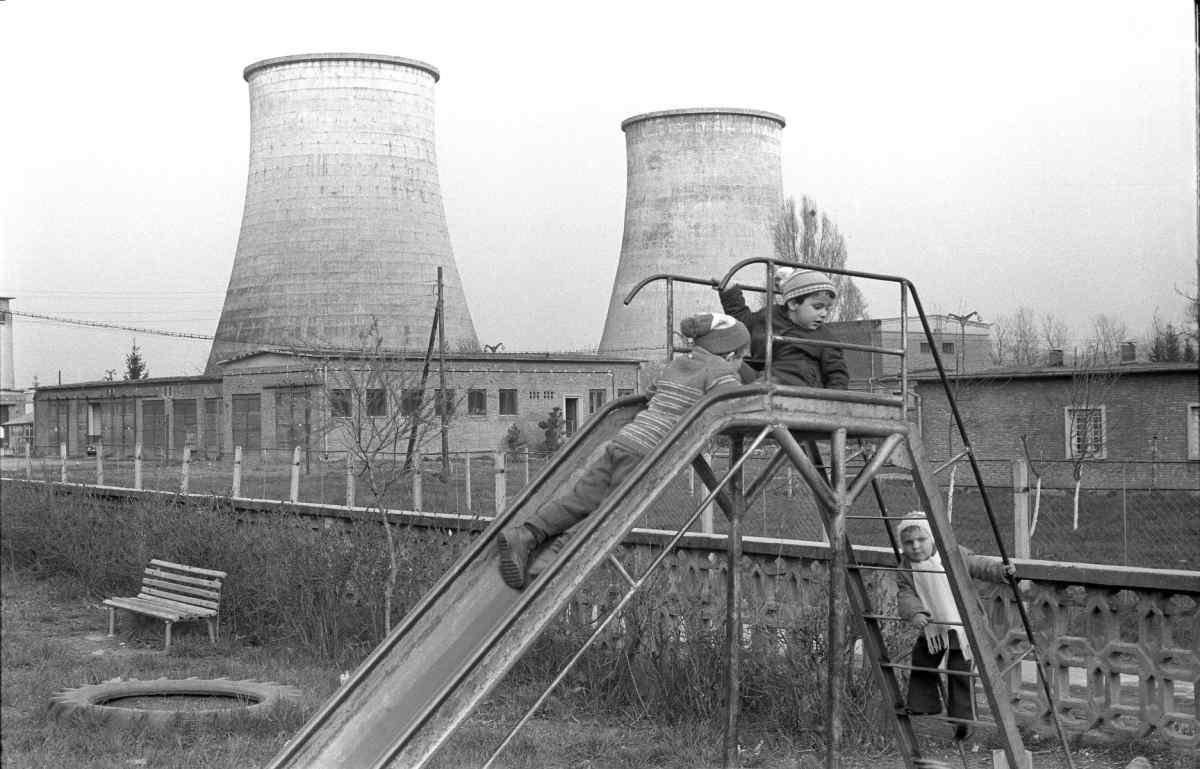
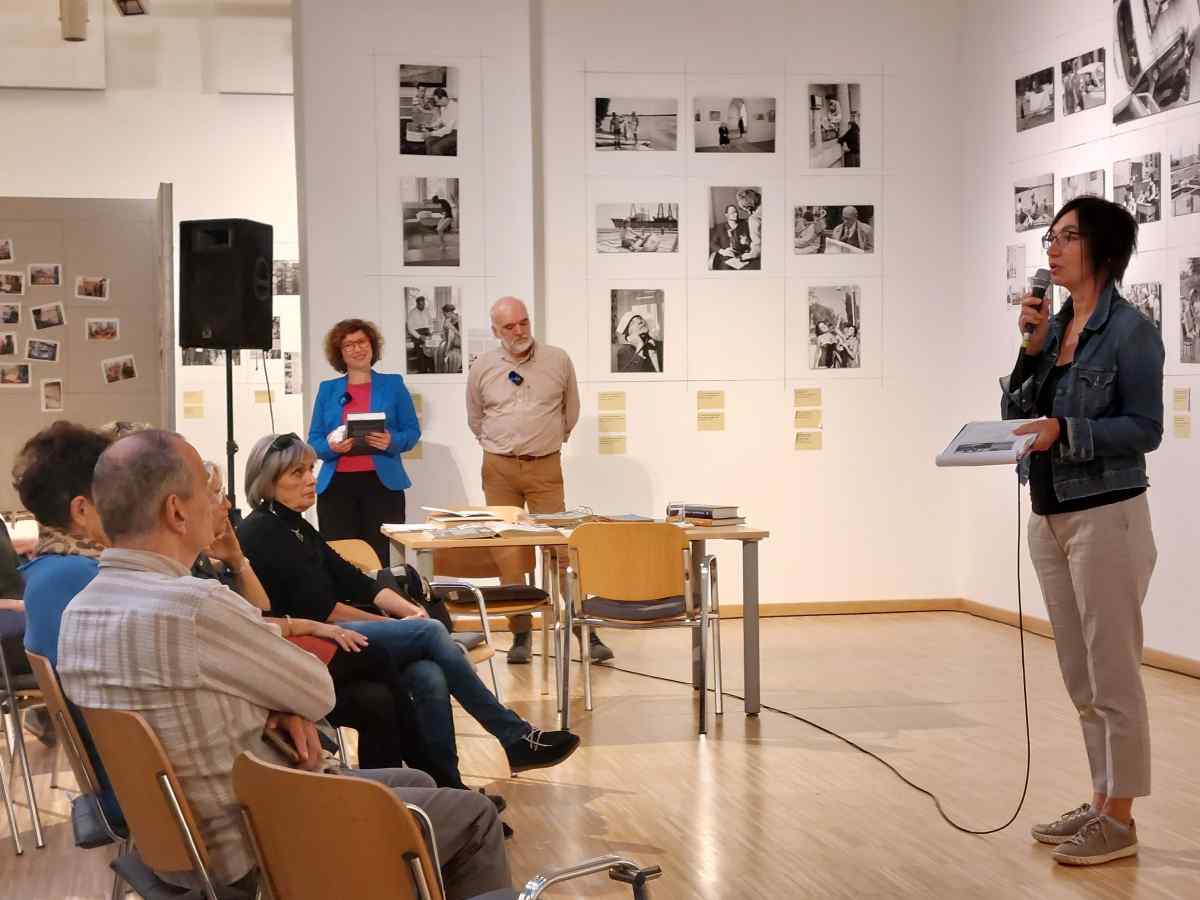
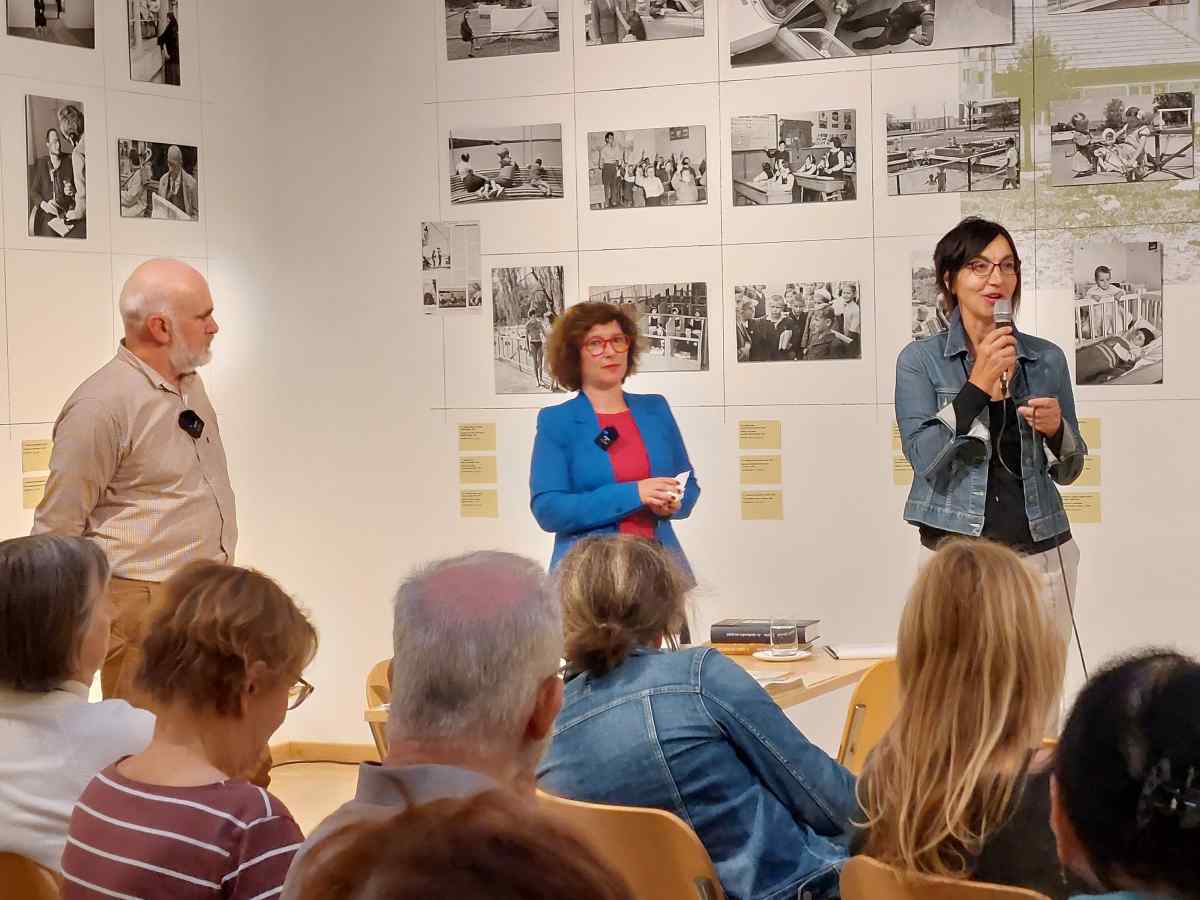
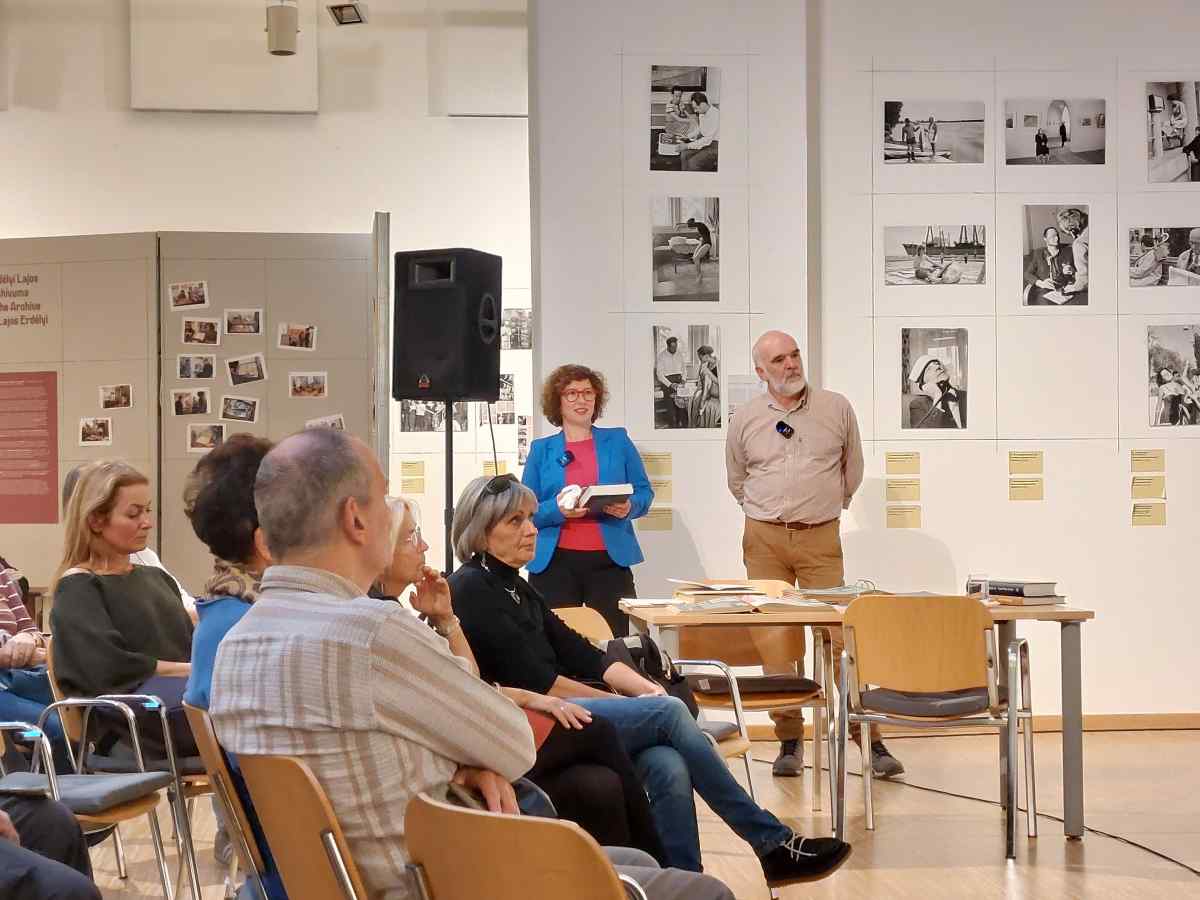
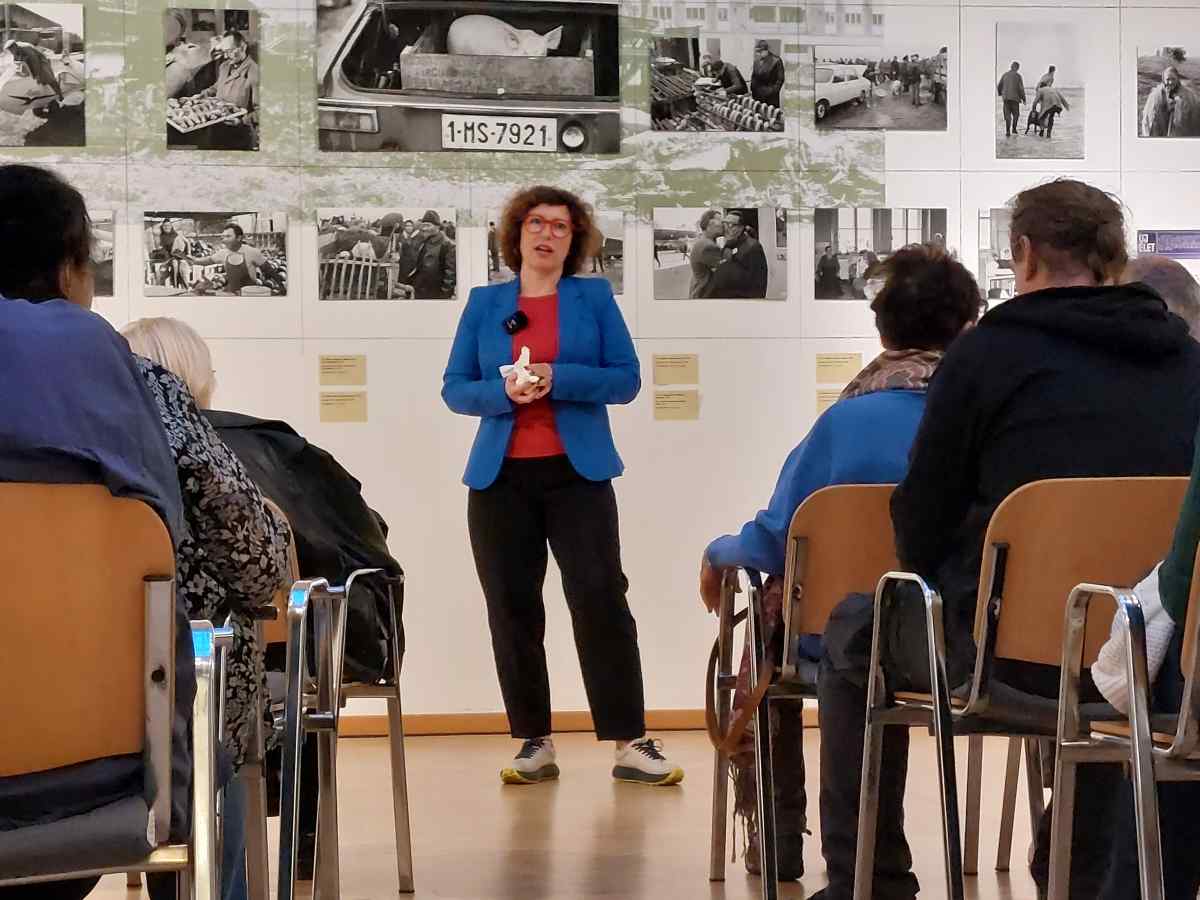
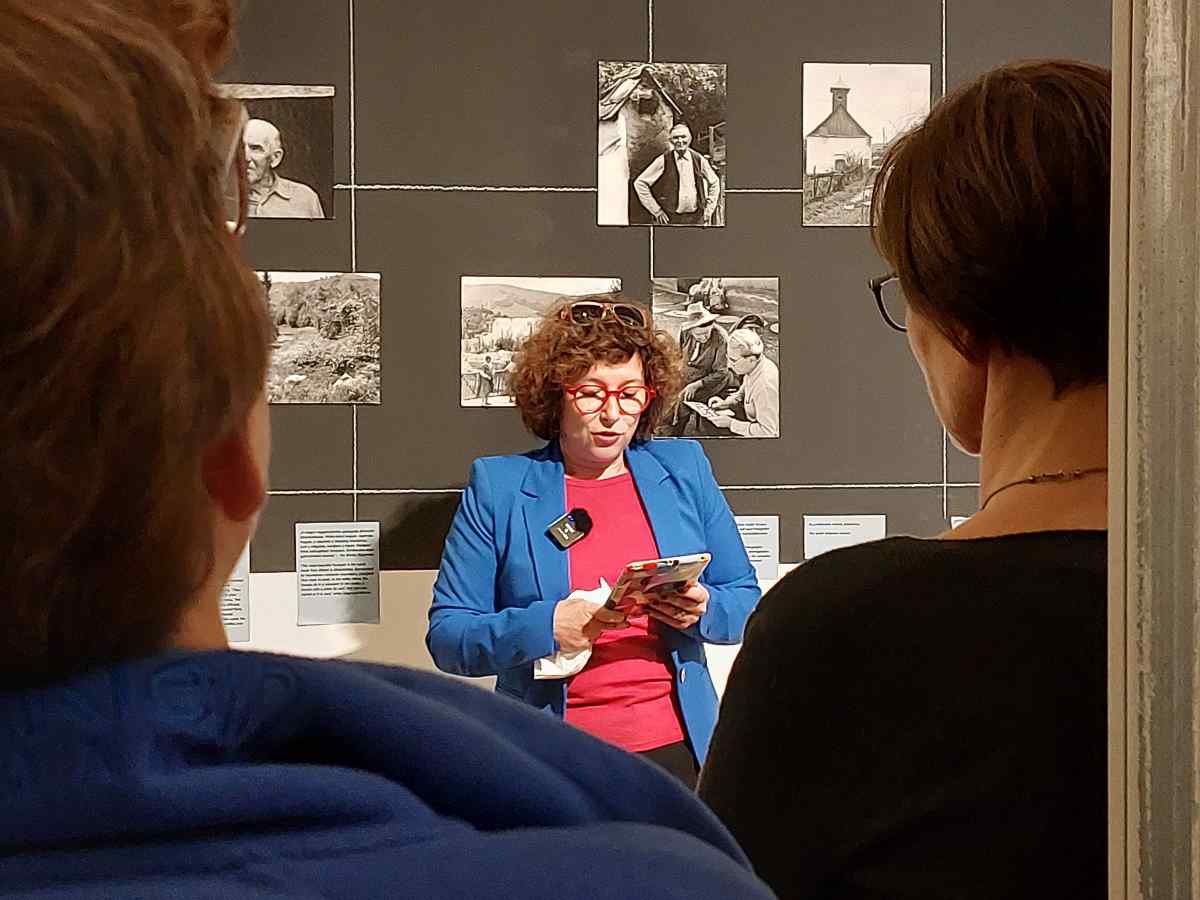
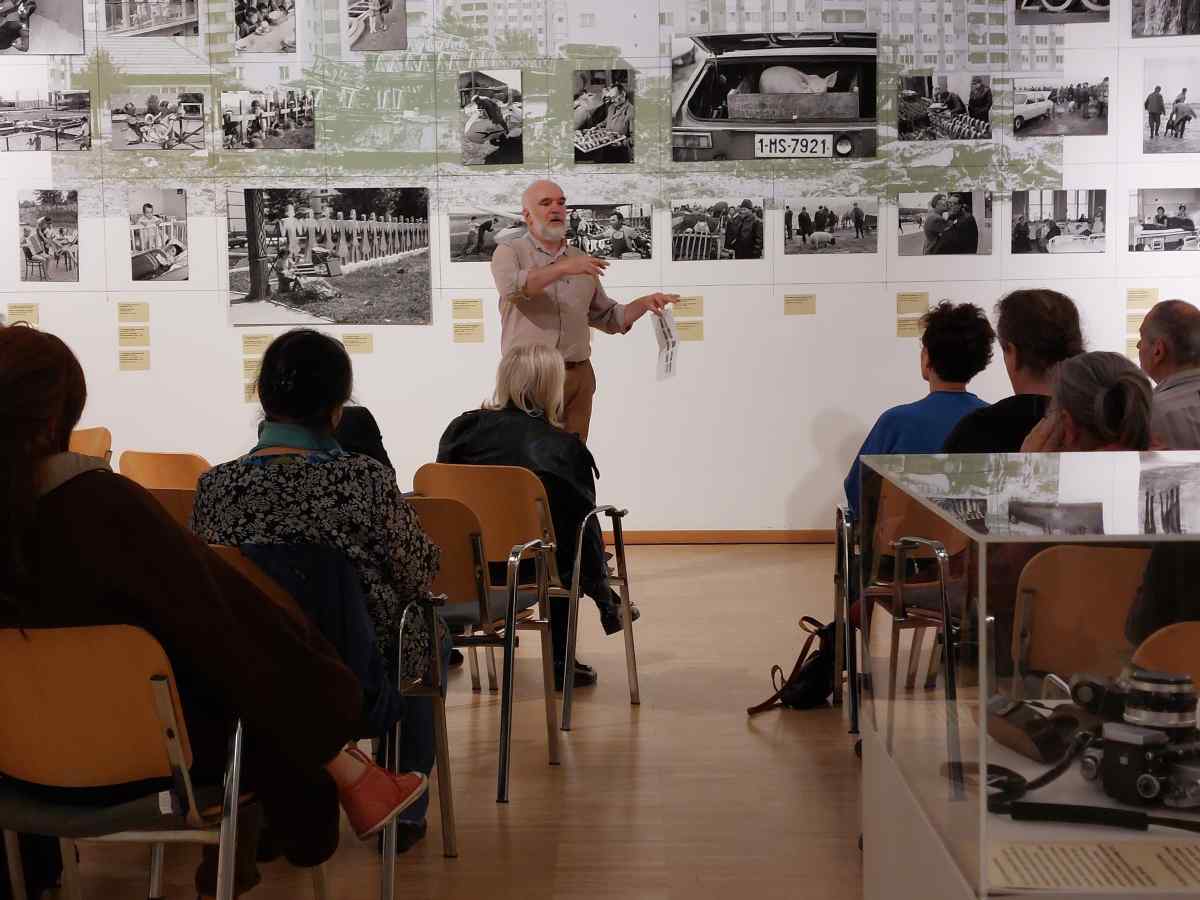
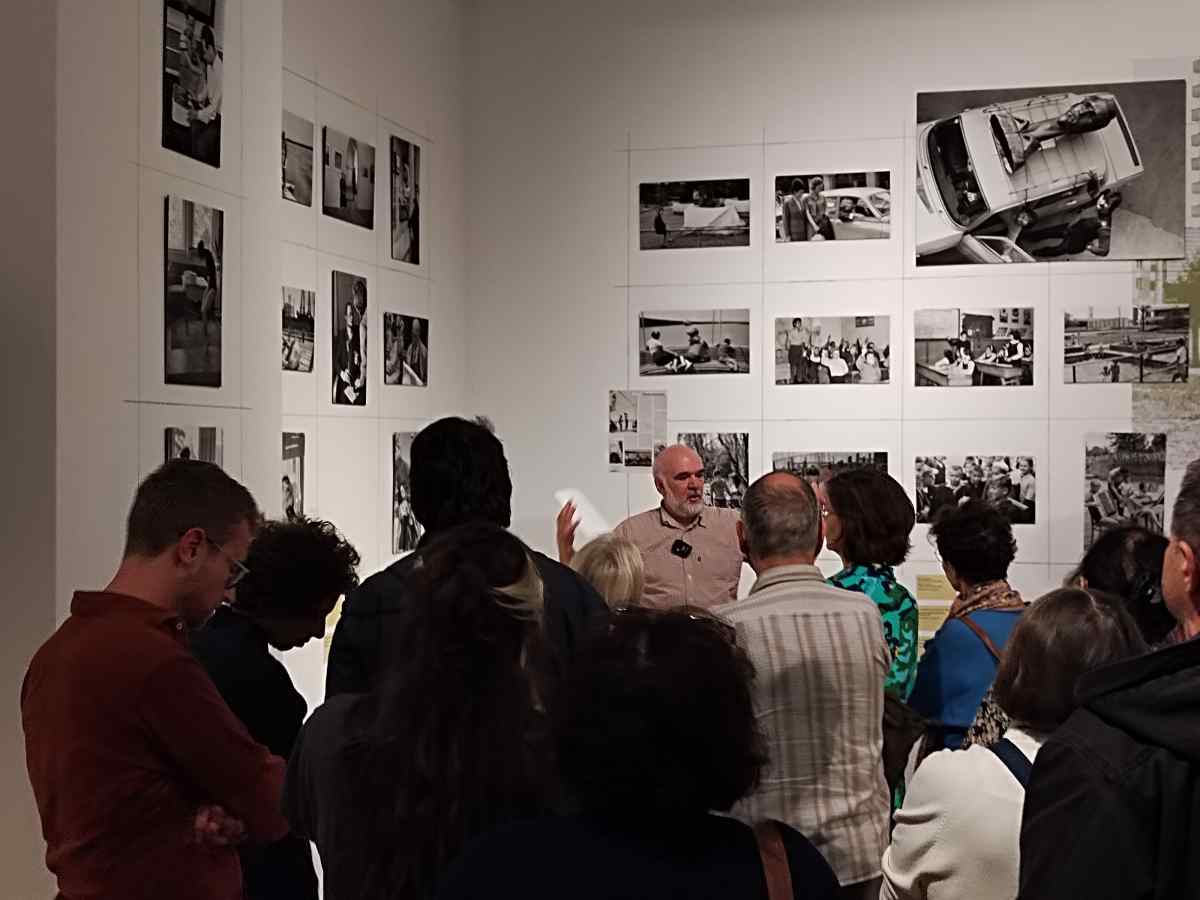
In connection with the exhibition The Tactless Photojournalist. The Archive of Lajos Erdélyi from the Ceaușescu Era, on view until October 26, the Archivum is organizing a series of accompanying programs. Between September 11 and October 26, 2025, together with writers, filmmakers, and photo historians, we will evoke the worlds that appear in the photographs—or what they conceal. Our guests will include Zsolt Láng, Gábor Vida, Kinga Júlia Király, Klára Szarka, and Lenke Szilágyi. As the fifth event in the eight-part series From a Certain Distance, writers Kinga Júlia Király and Gábor Vida will lead an unconventional guided tour and discussion.
Kinga Júlia Király - Gábor Vida: What Can Be Seen, and What the Pictures Conceal
A walking tour in the exhibition
Two Transylvanian writers guide visitors among the photographs, analyzing and interpreting along the way. Kinga Júlia Király formed a lifelong friendship with Lajos Erdélyi while researching Transylvanian Jewish traditions. In her book Recipes for a New Beginning (Az újrakezdés receptjei, Mentor Könyvek, 2018), in which Laló is one of the key characters, you can read Transylvanian Jewish stories about life, hunger, and hope. The exhibition features eleven photographs taken in Bözödújfalu and their stories, from which Kinga Júlia Király leads us into the world of Laló, the Szekler Sabbatarians, and Transylvanian Jewry.
In the company of Gábor Vida, we will examine what photos reveal and what they conceal. Romania has always been a photogenic country because its incomplete industrialization, distorted modernization, ubiquitous archaic lifestyles, poverty, and neglect have a stronger impact on reality than its cultural landscape and civilized environment, lending itself to a reality that can be drawn with strong contours, he writes. 'Romania is a harsh world, which the grain of photographic paper can make good use of; contours, composition, and cropping seem to come naturally, but they don't, as anyone who has tried it knows. It was said of Jozeph Kudelka that certain things happened because he was there. When you look at Laló Erdélyi's photos, you feel the same thing, that the photographer is not innocent in what he sees, what he shows and what he hides. There are no such coincidences. And of course, there are no beggars, stray dogs, gypsy shacks, no traces of the dilapidation that was obviously there and which reporters later lived off, no nakedness on display and no shame for what is there. Poverty is visible because it is always there, but it does not accuse, it accepts.'
The event will be held in Hungarian.
Participation in the program is free, but registration is required.
Registration link: https://forms.office.com/e/KCXxCpq3P5